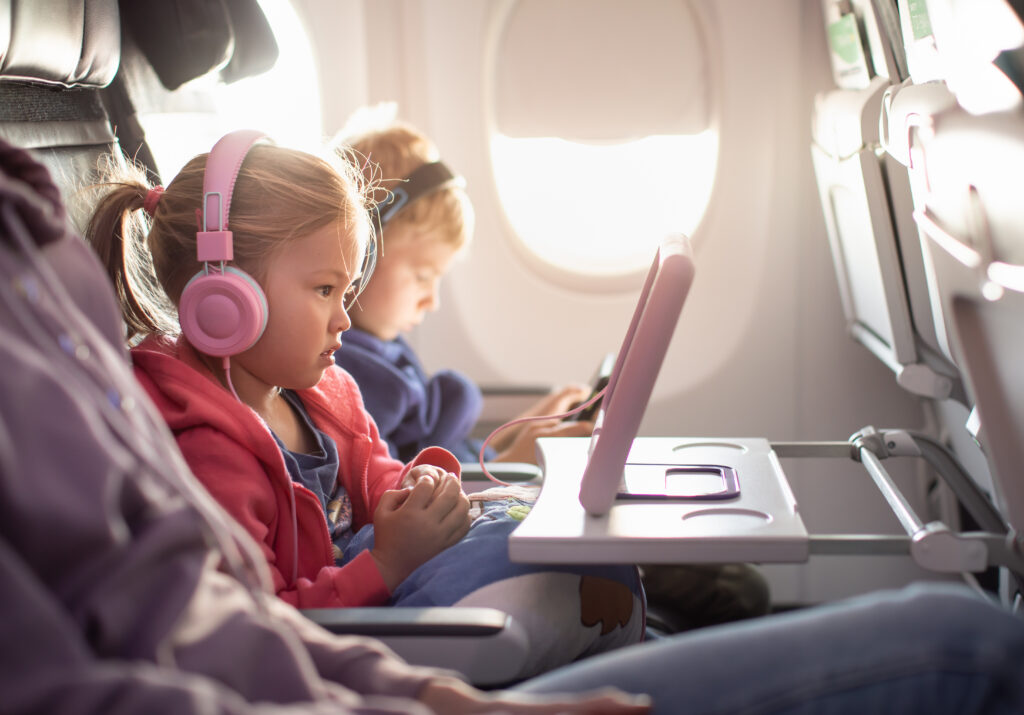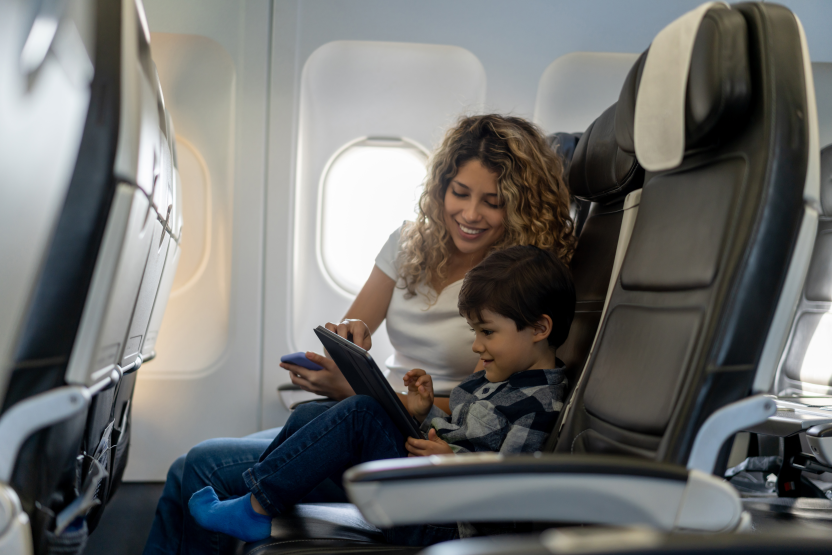AAA 预测 今年独立日之前的一周内,将有创纪录的 7200 万美国人外出旅行。运输安全管理局称,去年 10 个最繁忙的旅行日 在其 23 年的历史中。虽然您不能总指望旅行一帆风顺,但您可以 会 为更安全的旅行做好计划。
作为一个三岁半孩子的妈妈,我需要为两个孩子打包--而且还要不断地重写和反复检查我的打包清单。我可能偶尔会忘记多带一双袜子,但有几样东西我总是随身带着:辛巴毯子、印有数字 10 的衬衫,还有我有时希望自己可以不用带的充电设备。但是,当航班延误、我想捕捉某个瞬间,或者我不可避免地开始自信地走错方向时,这些必备品就会派上用场。
我已经开始在我的打包清单中增加一层:确保我所带的产品能让我的旅行尽可能安全。以下是一些打包注意事项:
1.让充电设备触手可及
我儿子喜欢玩他称之为 "电脑 "的电子平板电脑(随着他长大,我会跟他谈谈健康的工作/生活平衡),而我则带着手机、耳塞和笔记本电脑。这种情况比较常见 UL 标准与参与研究 研究发现,乘客平均随身携带四个充电设备。
由于这些设备都是可充电的,因此很可能使用的是锂离子电池。这类电池功能强大、使用寿命长,但如果发生故障或处理不当,就会出现热失控现象,专业术语是指设备温度过高、开始冒烟,或者最糟糕的情况是发生爆炸。
我们中的许多人都有过手机、笔记本电脑或移动电源发热的经历,但却不知道该怎么办。设备发热表明其电池可能不健康,应谨慎使用,尤其是在飞行中。这是因为在三万英尺的高空,灭火手段有限,机舱内又往往挤满了人,因此危险可能会更加复杂。
您只需采取以下措施,就能最大限度地降低与热失控相关的风险 将可充电设备放在托运行李之外,并放在伸手可及的地方.这应该很容易调整--我们大多数人都希望手机、笔记本电脑和孩子的 "电脑 "就在身边,但要注意充电牙刷等东西。
如果您感觉到设备过热或掉落在座位之间,可能会被压坏或损坏,请立即联系机舱乘务员。机组人员都接受过处理锂离子电池故障的培训(有趣的事实:水是处理此类火灾的最佳方法),许多飞机都携带有特殊的防火袋(其中许多符合 ULSE 标准),可以在火焰和烟雾蔓延之前安全地控制过热的设备。
2.确保纽扣电池安全
许多玩具都使用纽扣电池和硬币电池,但它们也存在于汽车钥匙、钥匙扣和其他孩子可能喜欢放进嘴里的装置中。请注意这些电池:它们除了有窒息的危险外,还可能 可能导致致命的内部烧伤 如果吞咽。
幸运的是,ULSE 制定了一项标准,要求纽扣电池盒必须 需要工具或双手动作 美国国会通过了《里斯法》,以便 要求遵守 2020 年,得克萨斯州的母亲特里斯塔-哈姆史密斯(Trista Hamsmith)因误食电池失去了她 18 个月大的女儿里斯(Reese)。请确保您孩子的玩具符合要求,并留意旅行时可能遇到的设备中是否含有这些电池。

3.一氧化碳报警器让您高枕无忧
您可能会认为酒店和其他度假屋都装有一氧化碳探测器,但根据一份 最近的 ULSE 报告即使报警器在您居住的地方是标准配置,CO 法规也有很大差异。现在,我的行李清单上多了一个便携式一氧化碳探测器。这种探测器很容易买到,也不占地方,值得购买,让人放心。
一般经验法则是:在度假期间(或在家中)使用电气设备时,要注意查看信誉良好的第三方测试、检验和认证公司的认证标志。
也许我比普通家长更警惕,因为我整天都在为更安全的社区和家庭而努力。但我意识到,公众看不到的安全标准是为了保护我们,虽然很多人不熟悉这些标准,但这是因为他们每天都在不知不觉中受益于我们对安全的影响。
无论您是前往海滩、登上飞机,还是跨州驾车探亲,稍加计划就能在这个夏天为孩子们的安全保驾护航。我们所携带的产品以及如何使用它们都很重要。
您不一定要成为安全专家才能做出更安全的选择,但知道要注意什么、要带什么以及在紧急情况下如何应对,就能让一切变得不同。
